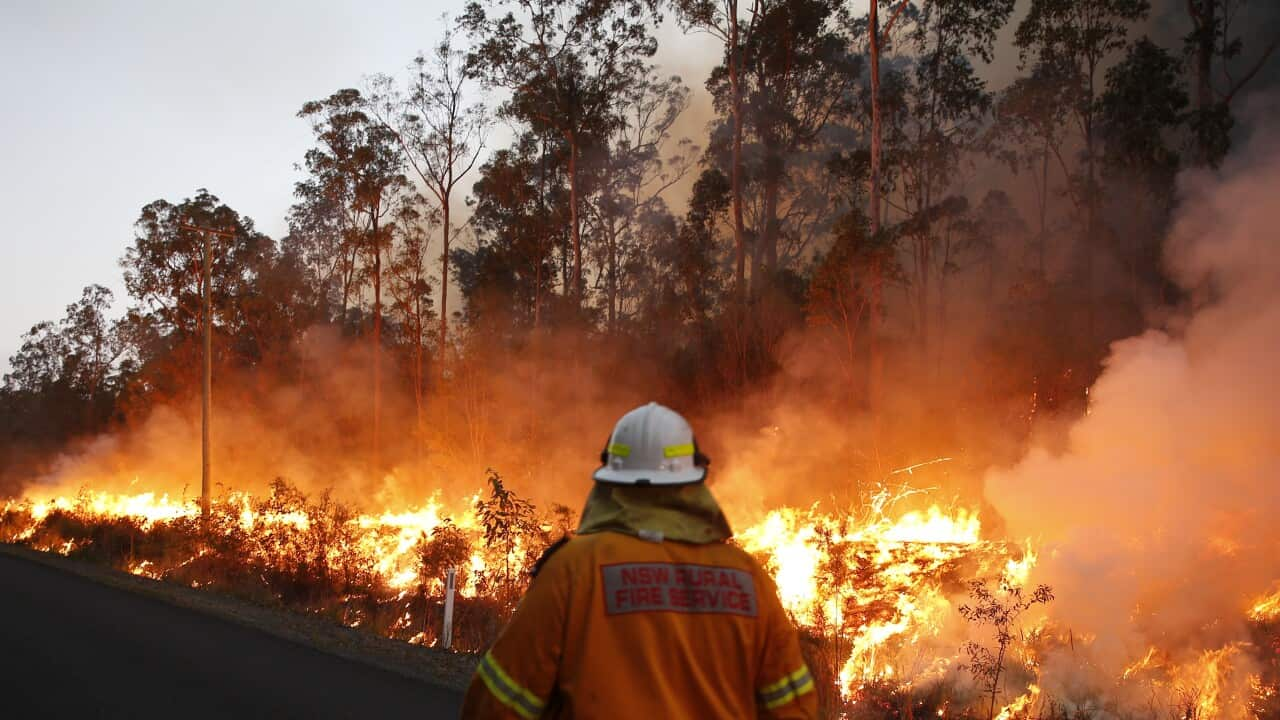Beyond Conformity: Enhancing Home Safety with an In-depth BAL Report
Beyond Conformity: Enhancing Home Safety with an In-depth BAL Report
Blog Article
The Significance of Bushfire Management in Fire Defense
In the world of fire defense, the value of efficient bushfire management can not be downplayed. As areas around the world grapple with boosting circumstances of wildfires, the aggressive approach to avoid and reducing these natural disasters via tactical bushfire monitoring techniques has actually become an essential element. Beyond the instant danger to human life and property, the interplay between bushfire administration and environmental conservation, neighborhood participation, and environment change postures complex challenges that need thorough remedies.
Significance of Proactive Bushfire Avoidance
Aggressive bushfire prevention methods are essential in alleviating the ruining effects of wildfires on communities and ecosystems. One key aspect of proactive bushfire prevention is gas administration.
Educating the public on fire security techniques and advertising area understanding regarding the significance of bushfire avoidance are essential components of proactive approaches. Eventually, aggressive bushfire prevention plays a considerable role in safeguarding areas and environments from the damaging influences of wildfires.
Duty of Neighborhood Interaction in Fire Protection
Engaging the neighborhood in fire security efforts is essential to improving the performance of positive bushfire avoidance strategies. Area involvement plays a critical function in promoting a collective understanding of the threats postured by bushfires and the significance of preparedness steps. By including neighborhood residents, authorities can distribute vital details ablaze safety and security techniques, evacuation treatments, and very early caution systems, equipping people to take aggressive actions to protect their residential properties and lives.
By cultivating a culture of preparedness and collaboration, areas can strengthen their ability to respond efficiently to bushfire emergencies, reducing the effect on residential properties and lives. Ultimately, area engagement is a cornerstone of comprehensive fire security methods, highlighting the importance of collective activity in securing susceptible locations from the threat of bushfires.
Relevance of Wild Animals Preservation in Bushfire Monitoring
Conservation of wild animals plays a crucial role in reliable bushfire administration approaches, ensuring the defense of varied environments and biodiversity in fire-prone regions. Wildlife conservation is vital as it adds to the general resilience of environments, aiding in their ability to hold up against and recuperate from the effect of bushfires. By preserving environments and shielding numerous species, the natural balance within these ecosystems is preserved, which is vital for their lasting wellness and sustainability.
Moreover, wildlife preservation likewise aids in decreasing the risk and intensity of bushfires. Healthy and balanced environments with well-preserved wild animals populations can act as all-natural firebreaks, reducing the spread of fires and restricting their harmful potential (BMP). Particular pet species, like tunneling pets or birds that spread out seeds, play distinct functions in assisting or preventing fires in the post-fire regeneration of habitats
Integrating wildlife conservation into bushfire management approaches is not only crucial for safeguarding biodiversity however additionally for promoting the overall health and wellness and resilience of ecological communities despite raising fire risks.
Benefits of Strategic Gas Reduction Programs
Strategically executing gas decrease programs is crucial in reducing the risk and effect of bushfires in fire-prone areas. These programs entail controlled burning, mechanical clearing, and other methods to reduce the quantity of flammable greenery available to sustain wildfires. By purposefully minimizing fuel lots in vital locations, such as near property areas or important infrastructure, the intensity and spread of bushfires can be substantially reduced.
Among the main benefits of fuel decrease programs is the improvement of general fire durability in an ecological community. By producing calculated gas breaks and lowering the connection of plant life, these programs assist to check my source interrupt the course of a bushfire, making it less complicated for firemens to snuff out the blaze and consist of. In addition, fuel decrease programs can shield biodiversity by stopping excessively extreme fires that can devastate habitats and threaten wild animals populations.
Moreover, these programs can also protect human lives and residential property by decreasing the risk of tragic fires that posture a substantial danger to communities. Eventually, strategic fuel decrease programs play a crucial function in positive bushfire administration and fostering a much safer atmosphere for both individuals and nature.
Impact of Environment Change on Bushfire Risk

Higher temperatures result in drier greenery, making it extra at risk to ignition. Reduced rains in specific regions lengthens drought problems, better boosting the flammability of the landscape. Furthermore, the changing climate has actually modified wind patterns and climatic problems, causing even more unpredictable fire behavior and quick fire spread.
As the climate remains to alter, the frequency and intensity of bushfires are expected to climb, requiring a flexible and aggressive technique to bushfire administration. Strategies should advance to make up BAL Assessment the transforming risk landscape, integrating environment estimates and thinking about long-lasting durability in fire management preparation. Addressing the effect of climate change on bushfire from this source danger is important in establishing effective techniques to protect lives, residential property, and the atmosphere.
Verdict
Finally, positive bushfire avoidance, community involvement, wildlife preservation, calculated gas decrease programs, and factor to consider of climate modification are vital elements in effective fire protection. By implementing these approaches, we can better take care of bushfire dangers and safeguard both human lives and the atmosphere. BAL Assessment. It is vital that stakeholders function together to focus on these steps to reduce the destructive influence of bushfires on ecosystems and neighborhoods

As the environment continues to transform, the regularity and strength of bushfires are expected to rise, demanding a proactive and flexible method to bushfire monitoring.In final thought, proactive bushfire prevention, community engagement, wildlife preservation, strategic gas decrease programs, and factor to consider of environment adjustment are crucial elements in efficient fire defense.
Report this page